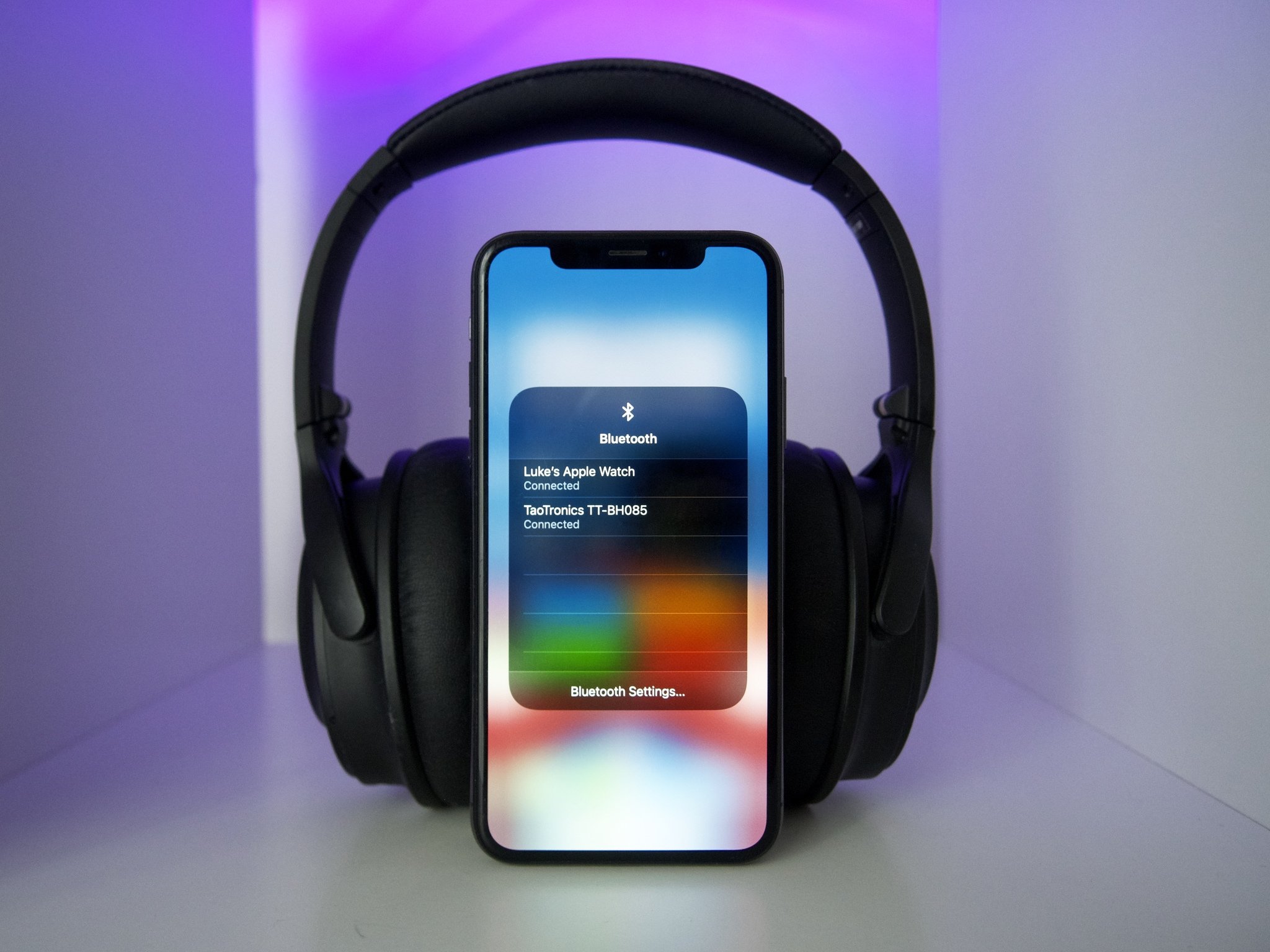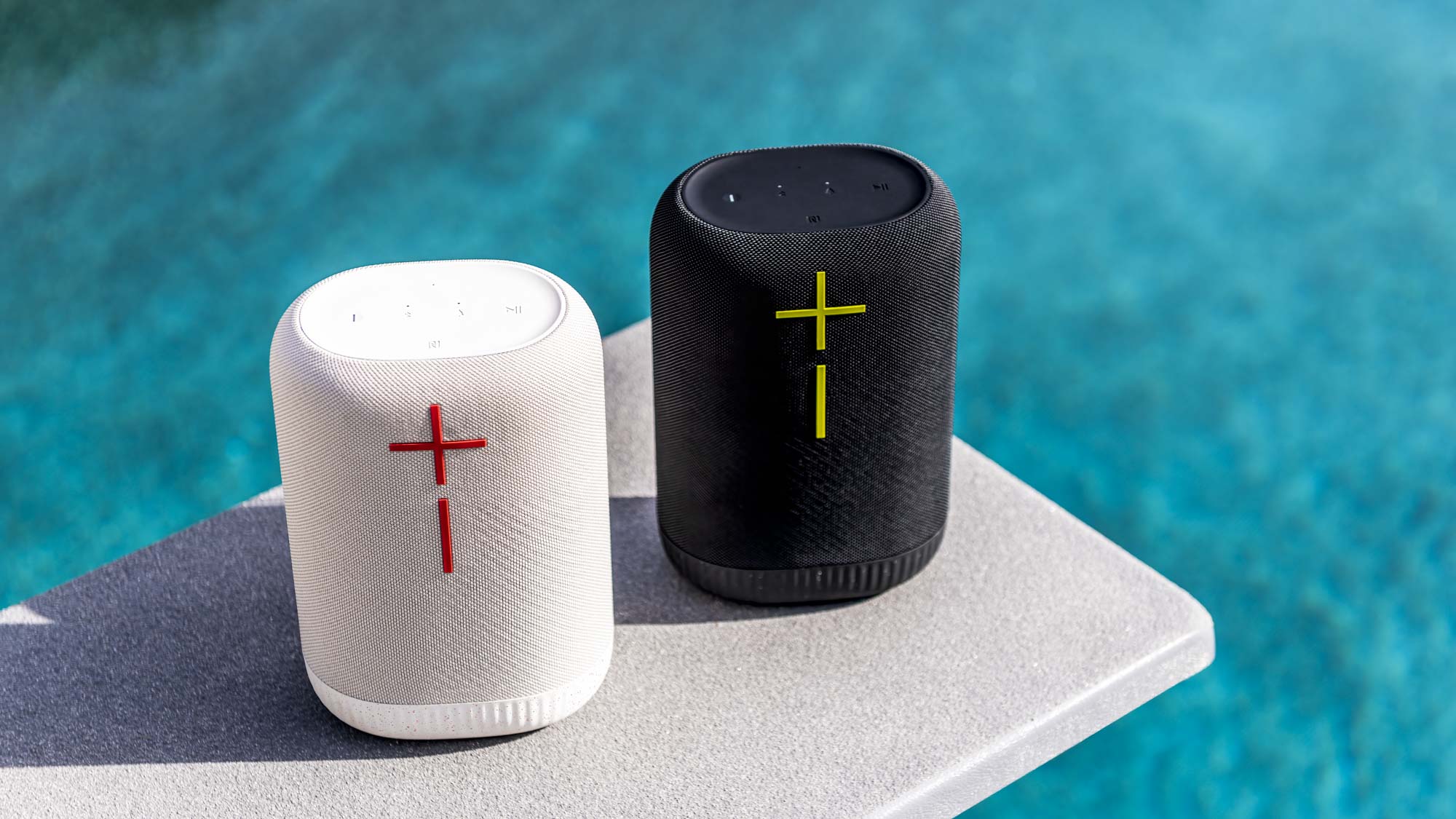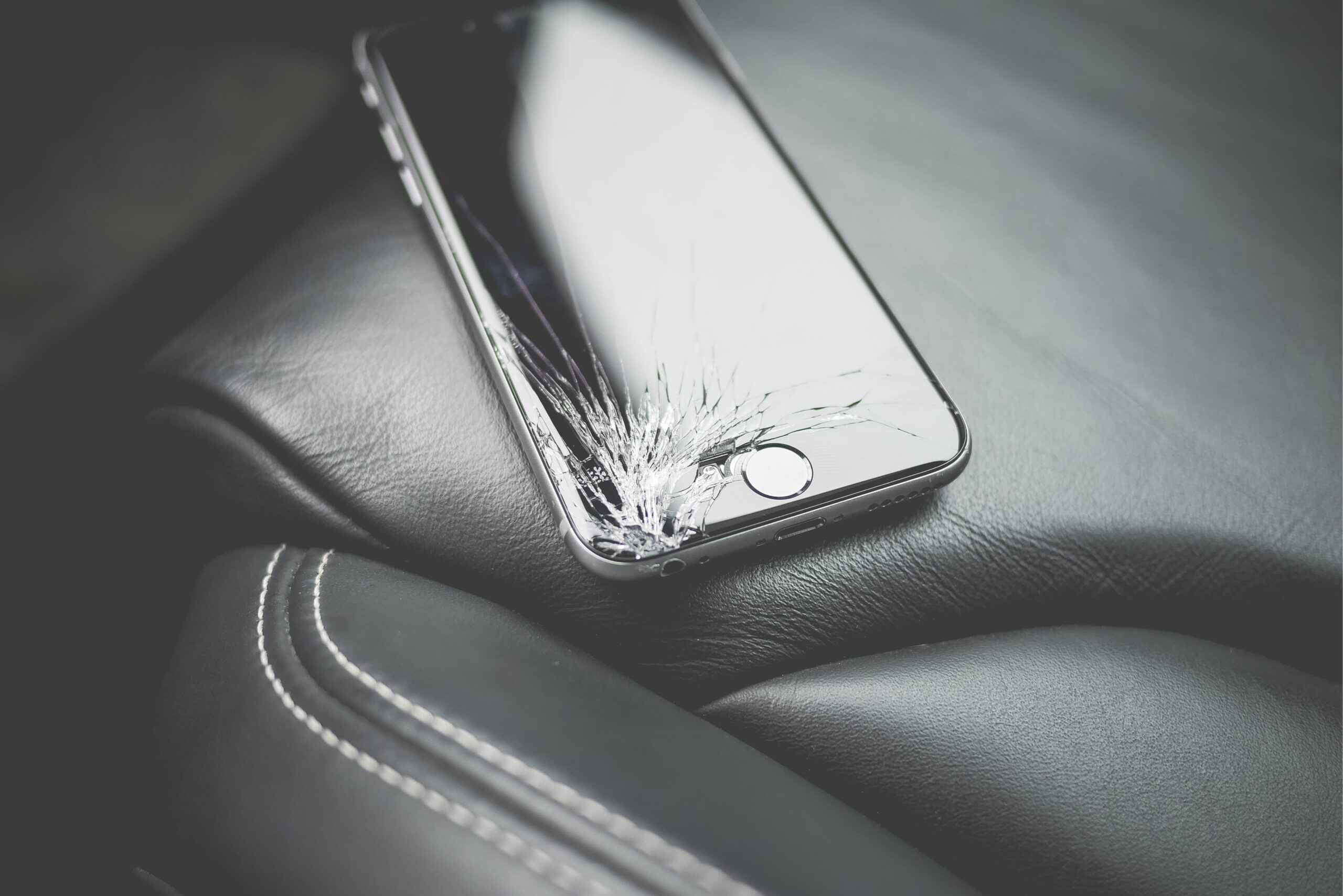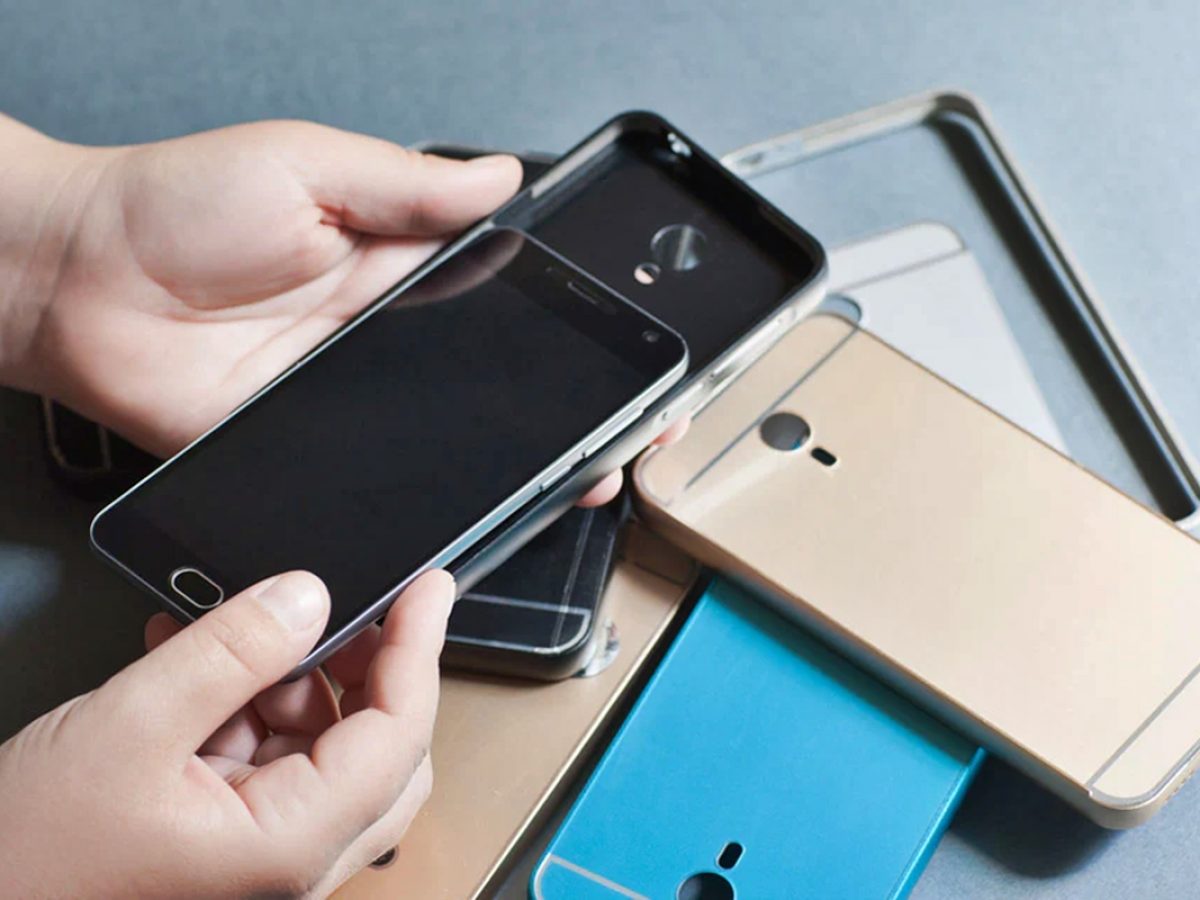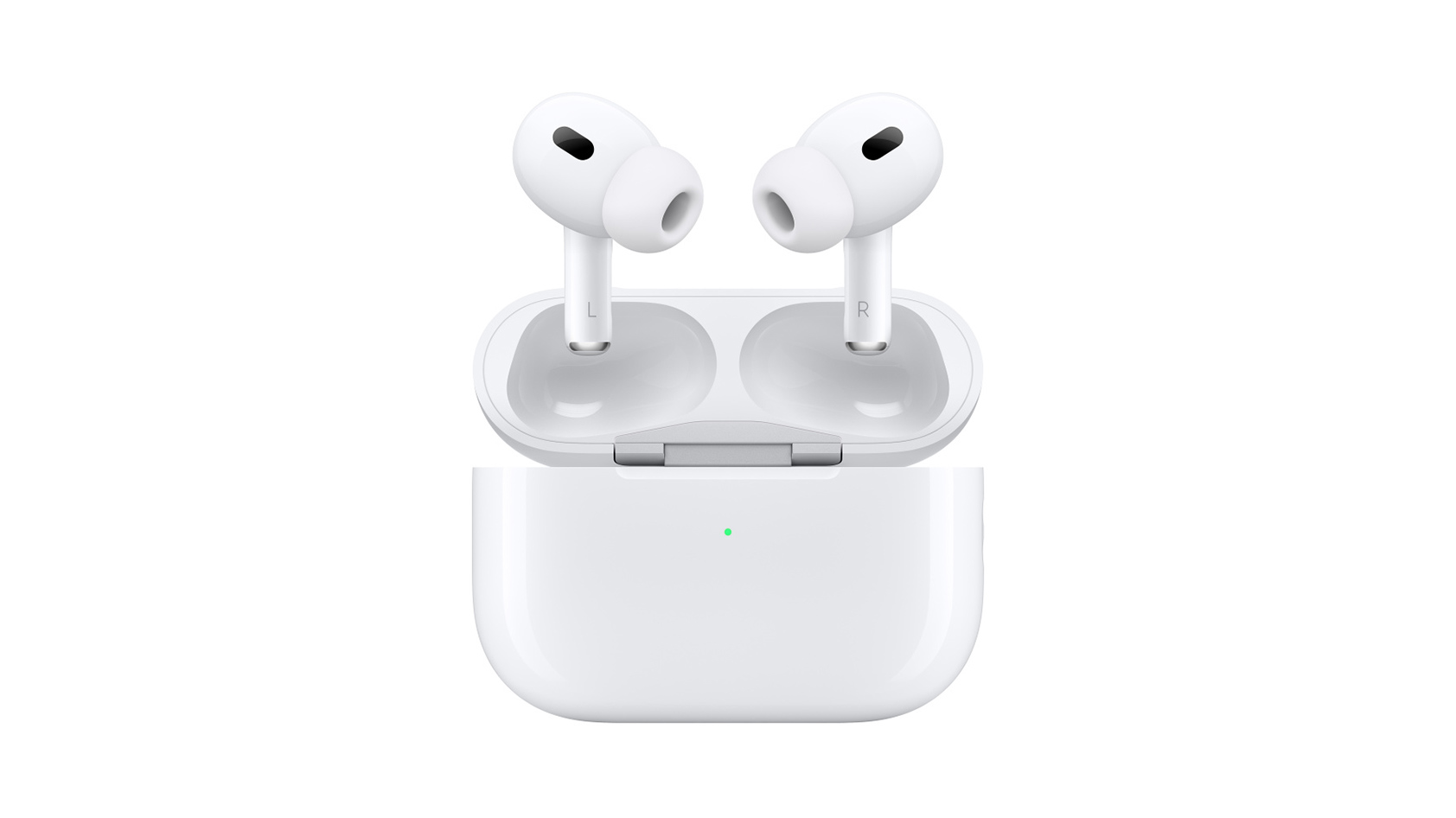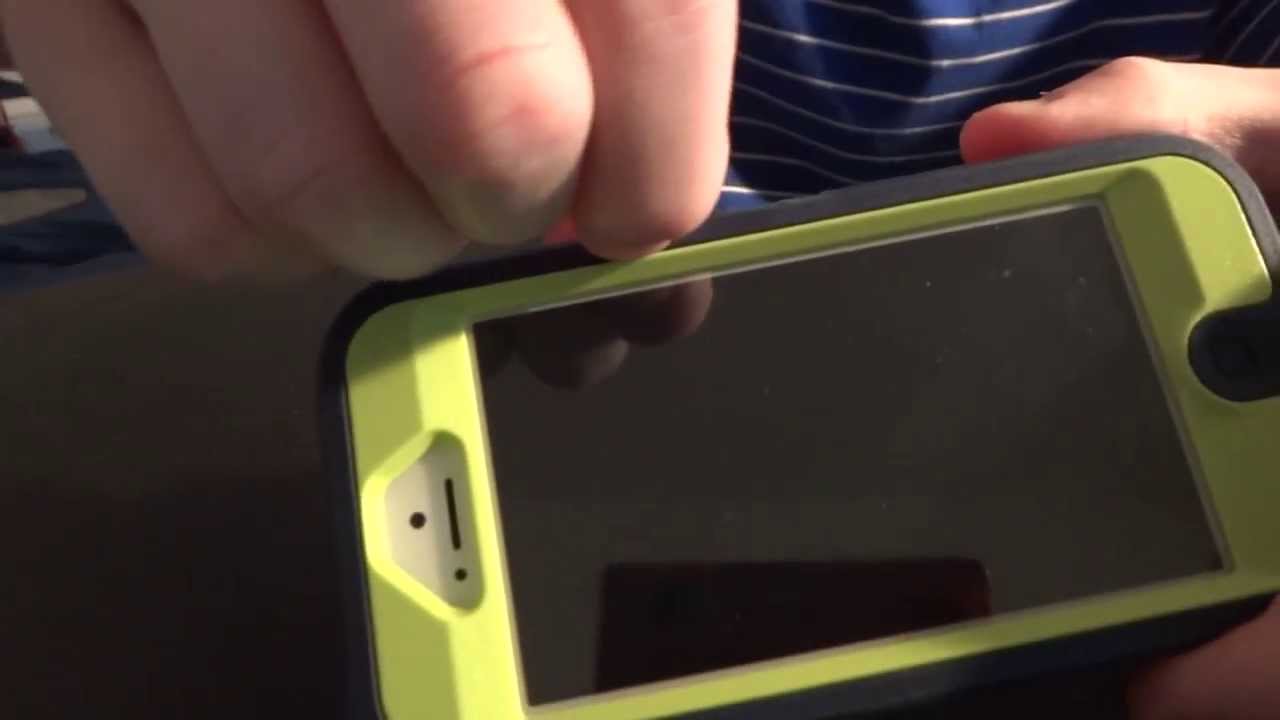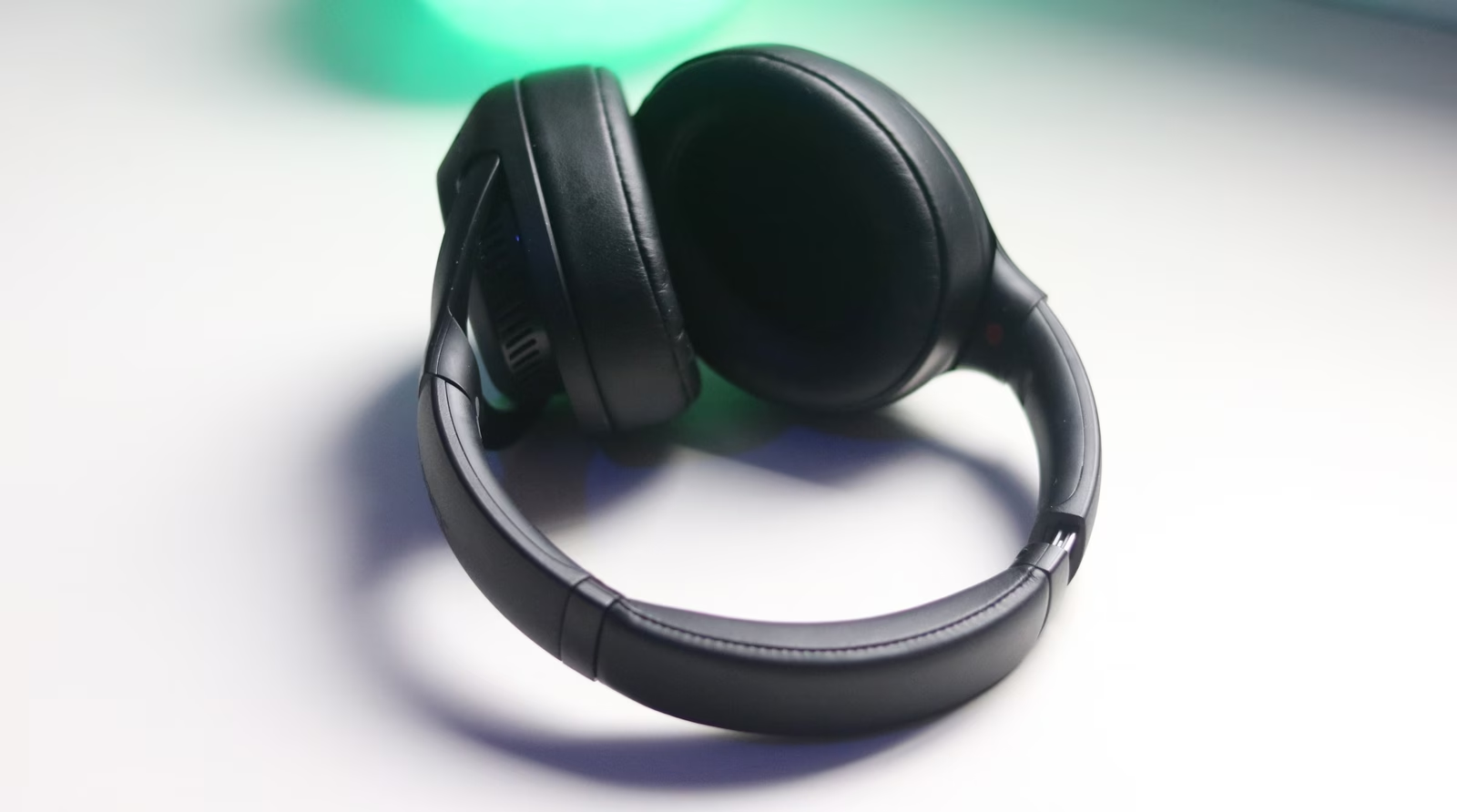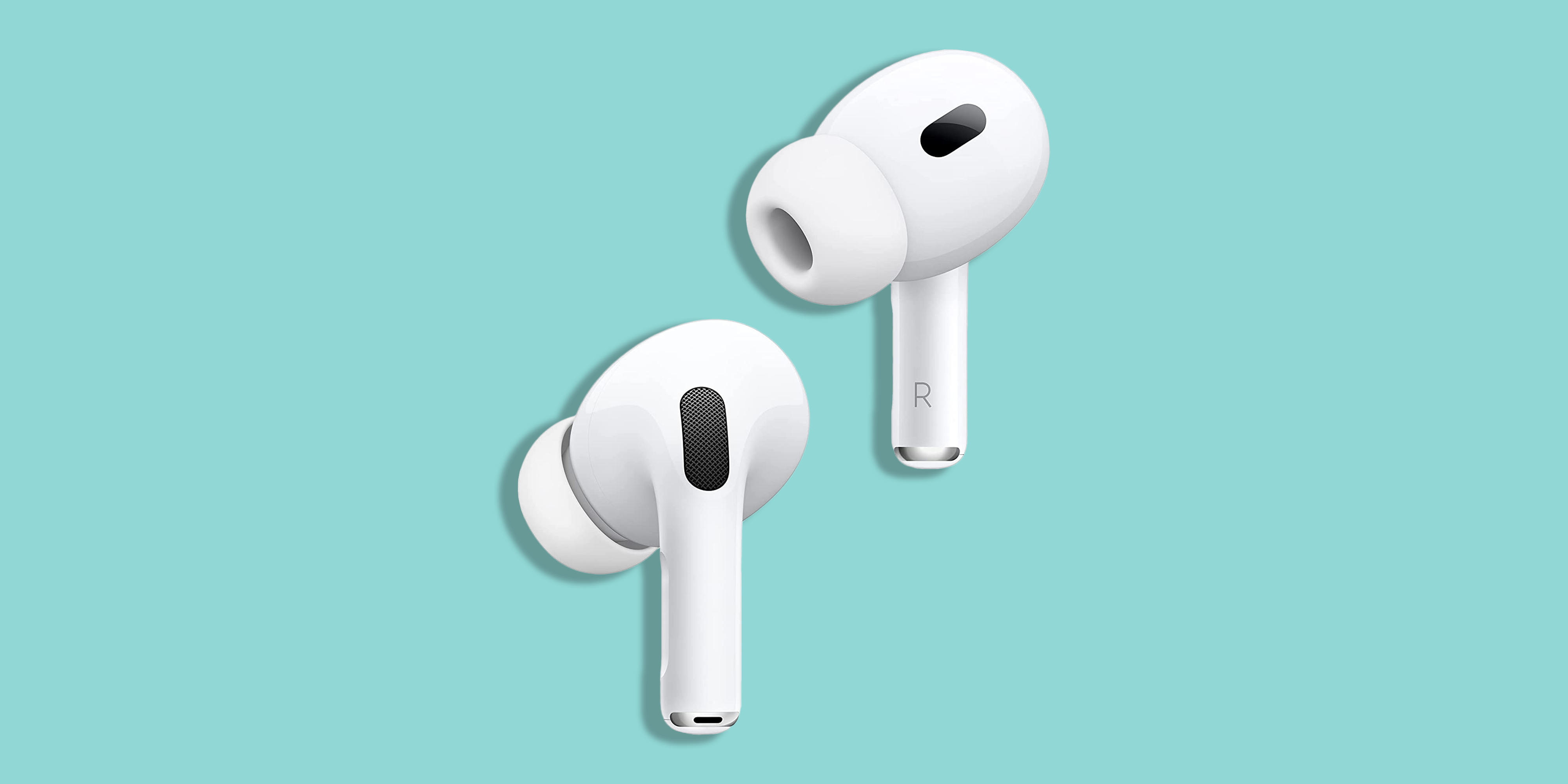Water Resistance Rating
When it comes to the water resistance of gadgets, especially smartphones like the iPhone, understanding the water resistance rating is crucial. This rating, typically expressed as an IP (Ingress Protection) code, provides valuable insights into the device's ability to withstand water exposure.
The IP rating consists of two digits. The first digit represents protection against solid particles, while the second digit indicates resistance to liquid ingress. For instance, if your iPhone has an IP67 rating, the "6" denotes its resilience against dust, and the "7" signifies its ability to withstand immersion in water up to 1 meter for 30 minutes.
It's important to note that the higher the numerical value, the greater the protection. For instance, an iPhone with an IP68 rating offers superior water resistance compared to one with an IP67 rating. This means it can endure submersion in deeper water for a longer duration, providing users with added peace of mind when using their devices near water.
Understanding the IP rating of your iPhone allows you to gauge its level of water resistance and make informed decisions about its usage in various environments. Whether you're by the pool, at the beach, or simply caught in the rain, knowing your iPhone's water resistance rating empowers you to enjoy its features without unnecessary worry.
In summary, the water resistance rating, as denoted by the IP code, serves as a reliable indicator of your iPhone's ability to withstand water exposure. By familiarizing yourself with this rating, you can confidently use your device in diverse settings, knowing that it has been designed to resist the perils of water and moisture.
IP Certification
IP certification, also known as Ingress Protection or International Protection rating, plays a pivotal role in determining the level of protection a device offers against the intrusion of solid objects and liquids. This certification system, recognized globally, provides consumers with valuable insights into a product's resilience to environmental factors, particularly water and dust.
The IP rating consists of two digits, each conveying specific information about the device's protective capabilities. The first digit represents the device's resistance to solid particles, such as dust and dirt. It ranges from 0, indicating no special protection, to 6, signifying complete protection against dust ingress. The second digit pertains to the device's resistance to water and moisture, with a scale from 0, indicating no protection, to 9K, representing protection against high-pressure, high-temperature water jets.
When it comes to iPhones, the IP certification provides users with a clear understanding of the device's ability to withstand water exposure. For example, an iPhone with an IP67 rating is capable of withstanding immersion in water up to 1 meter for 30 minutes, while an iPhone with an IP68 rating offers even greater protection, allowing it to endure submersion in deeper water for a longer duration.
Understanding the significance of IP certification empowers users to make informed decisions about the usage of their iPhones in various environments. Whether it's taking photos near a pool, using the device in the rain, or simply ensuring its durability in everyday situations, the IP rating serves as a reliable guide for consumers.
Moreover, IP certification underscores Apple's commitment to ensuring the durability and reliability of its products. By subjecting iPhones to rigorous testing and obtaining IP ratings, Apple showcases its dedication to providing users with devices that can withstand the challenges of everyday life, including exposure to water and other environmental elements.
In essence, the IP certification system not only provides valuable information about a device's resilience to water and dust but also reflects the manufacturer's commitment to delivering durable and reliable products. For iPhone users, understanding the IP rating of their devices is essential for making informed decisions about usage in various settings, ultimately enhancing the overall user experience and peace of mind.
Liquid Contact Indicators
Liquid contact indicators are small yet crucial components integrated into iPhones to reveal potential exposure to moisture or liquid. These indicators, often positioned within the device's SIM card tray and charging port, serve as essential indicators of any liquid ingress, providing valuable insights for users and technicians.
When an iPhone comes into contact with liquid, these indicators undergo a chemical change, typically from white to a solid color such as red or pink. This alteration is a clear indication that the device has been exposed to moisture, prompting users to exercise caution and seek professional assistance if necessary.
The presence of liquid contact indicators underscores the importance of vigilance when using iPhones in environments where exposure to water or moisture is a possibility. Whether it's accidental submersion in water, exposure to high humidity, or contact with liquid spills, the indicators offer a reliable means of assessing potential damage and taking appropriate action to safeguard the device.
For users, regularly inspecting these indicators can provide early detection of any liquid exposure, enabling timely intervention to prevent further damage. Additionally, being aware of the location of these indicators and understanding their significance empowers users to take proactive measures to protect their iPhones from potential harm caused by water or moisture.
From a technical perspective, liquid contact indicators play a crucial role in diagnosing potential issues related to liquid exposure. When users seek assistance from authorized technicians or Apple's support services, the condition of these indicators serves as a valuable diagnostic tool, aiding in the assessment of any liquid-related damage and determining the necessary course of action for repairs.
In essence, the presence and condition of liquid contact indicators in iPhones serve as a vital safeguard against potential damage caused by water or moisture. By understanding their function and significance, users are equipped to make informed decisions about the usage and protection of their devices, ultimately contributing to the longevity and reliability of their iPhones.
Furthermore, the integration of these indicators reflects Apple's commitment to providing users with devices that are equipped with advanced features to detect and mitigate potential damage, enhancing the overall user experience and peace of mind.
In summary, the presence and condition of liquid contact indicators in iPhones are pivotal in providing users with valuable insights into potential liquid exposure, enabling proactive protection and timely intervention to safeguard their devices from water-related damage.
Testing the Water Resistance
Testing the water resistance of an iPhone is a crucial aspect that empowers users to confidently utilize their devices in various environments. While iPhones are designed to withstand exposure to water to a certain extent, it is essential to understand the recommended procedures for testing their water resistance.
When considering the water resistance of an iPhone, it is important to note that the device's ability to withstand water exposure is based on specific conditions outlined by the manufacturer. Therefore, testing the water resistance should be approached with caution and adherence to recommended guidelines to ensure accurate assessment.
One of the primary considerations when testing the water resistance of an iPhone is to refer to the device's IP rating. Understanding the IP code associated with the iPhone provides valuable insights into the depth and duration of water exposure the device can endure. For instance, an iPhone with an IP68 rating is capable of withstanding submersion in water for a longer duration compared to an iPhone with an IP67 rating.
To test the water resistance of an iPhone, users should adhere to the manufacturer's guidelines and recommendations. It is important to ensure that all ports, including the charging port and SIM card tray, are securely closed to maintain the device's water resistance integrity. Additionally, users should avoid exposing the device to water beyond the depth and duration specified by the IP rating.
When conducting a water resistance test, it is advisable to use clean, fresh water within the specified parameters outlined by the IP rating. Submerging the iPhone in water that exceeds the recommended depth or duration can compromise its water resistance and potentially lead to damage.
After the water resistance test, it is crucial to thoroughly dry the iPhone using gentle methods, such as air-drying or using a soft, absorbent cloth. It is important to avoid using external heat sources, such as hairdryers, as they can potentially damage the device.
In the event of accidental exposure to saltwater or other liquids, it is recommended to rinse the iPhone with clean water and then proceed with the drying process. This helps to mitigate potential damage caused by corrosive substances present in certain liquids.
By adhering to the recommended guidelines for testing the water resistance of an iPhone, users can confidently assess the device's ability to withstand water exposure and make informed decisions about its usage in various settings. Understanding the nuances of testing water resistance not only enhances the user experience but also contributes to the longevity and reliability of the iPhone.
In summary, testing the water resistance of an iPhone is a critical aspect that requires adherence to recommended guidelines and an understanding of the device's IP rating. By approaching water resistance testing with caution and diligence, users can ensure the optimal performance and durability of their iPhones in diverse environments.









